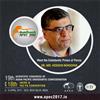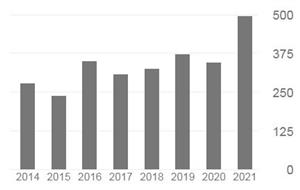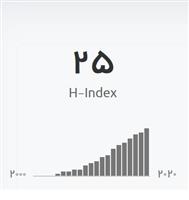Bioactivity of EndoSequence Root Repair Material and Bioaggregate
Aim: To evaluate the bioactivity of Bioaggregate (BA), EndoSequence Root Repair Material (ERRM), and white ProRoot Mineral trioxide aggregate (MTA). Methodology Sixty horizontal root sections with standardized canal spaces were divided randomly into 3 groups (n = 20) and filled with white ProRoot MTA (groups 1 and 2), BA (groups 3 and 4) or ERRM putty (groups 5 and 6). The specimens of groups 1, 3 and 5 (each of 10) were immersed in phosphatebuffered saline (PBS) for 1 week and those of groups 2, 4 and 6 (each of 10) for 2 months. After the experimental periods, the specimens were processed for scanning electron microscopy (SEM) observations. Precipitation of apatite crystals on the surfaces of the cements and/or at the dentine–cement interface was evaluated and analysed elementally by energy dispersive X-ray (EDX) instrument.
Results: Analysis of specimens revealed various surface morphologies that were dependent on the material and immersion time in PBS. The formation of precipitates was observed on the surfaces of all materials at 1 week, which increased substantially over time. After 2 months, the surface of the cements was changed dramatically and consisted of a substantially greater amount of apatite aggregates. Interfacial layers in some areas of the dentine–cement interface were found only following 2 months of immersion. Precipitates on MTA revealed high peaks of Ca, Si and O after 1 week of immersion; after 2 months, high peaks of Ca, P and O were present. Precipitates on BA and ERRM displayed high Ca, P O peaks after both 1 week and 2 months.
Conclusion: Exposure of MTA, BA and ERRM to PBS resulted in precipitation of apatite crystalline structures that increased over time. This suggests that the tested materials are bioactive.














